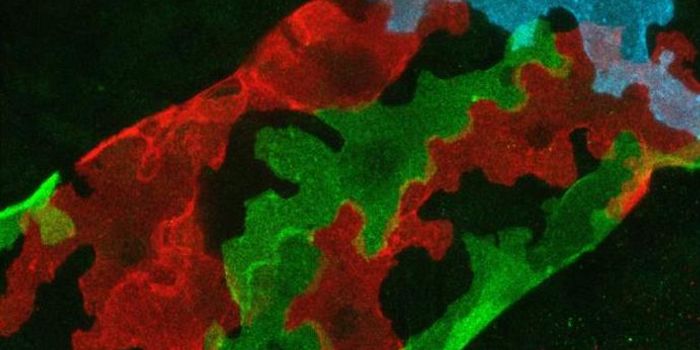Videos
RNAi explained
JUL 14, 2014 12:00 AM PDT
Share
How Do Insects Smell? Better Than They Used To
 Many people do not realize it, but the sense of smell is critically important to many insects. It is how they are able to detect both food sources and enemies with very small amount of traceable scent, and it also plays a role in their communication process.
Many people do not realize it, but the sense of smell is critically important to many insects. It is how they are able to detect both food sources and enemies with very small amount of traceable scent, and it also plays a role in their communication process.A group of scientists has determined that this extremely sensitive olfactory system evolved at a relatively late stage in the evolutionary process of insects. This suggests that this system was created as an adaptation to the insects' development of flying capabilities, and not during the earlier stage of migration to land from the water. The results of the group from the Max Planck Institute for Chemical Ecology were published in eLife, an Open Access Journal.
To be able to detect and distinguish between thousands of potential environmental scents, insect species developed three distinct families of receptor proteins. One of these families, the olfactory receptors, forms an extremely sensitive odor detection system by complexing with a complementary protein (conveniently known as the olfactory receptor co-receptor).
Previously, scientists had assumed that this system of receptors evolved as ancient insects evolved to the water to assume a life on land. This assumption was drawn from the fact that crustaceans, who share common ancestors with insects) do not have olfactory receptors. A complementary assumption was that the first insects to live on land needed to shift to an ability to detect odors dispersed in the air instead of being dissolved in the water.
However, since the earlier research was completely focused on winged insects, it could have missed an adaptation phase between early flightless land insects and later insects that developed flight capabilities. The research team set out to investigate this possibility.
Two older varieties of wingless insects were studied-Lepismachilis y-signata, known as a jumping bristletail, and Thermobia domestica, known as a firebrat. The control was provided by Phyllium siccofolium, a variety of winged leaf insect. Since all three species evolved at different points on the timeline of insect development, they served as evolutionary markers for tracking purposes.
The team discovered no evidence of odorant receptors and the corresponding system in the jumping bristletail. To the surprise of the research team, the firebrat was found to have the complementary co-receptors, but did not contain the olfactory receptors.
This suggests that the olfactory receptors evolved on a different timeline from their complementary co-receptors, and in a timeframe that is beyond the initial evolution to terrestrial habitats. The team believes that this correlates more closely to the development of flight in the evolutionary process.
It is hoped that further research will determine what the original purpose of the co-receptors are, and whether or not they have secondary functions, or primary functions in insects that do not have main receptors. Perhaps there will also be other evidence that correlates the primary olfactory receptor-co-receptor system with the development of flight.
In any case, this research could lead to development of better methods of insect control and management, and may even provide insight into unusual changes in any insect population-if the reason is related to the olfactory system.
You May Also Like
Loading Comments...








